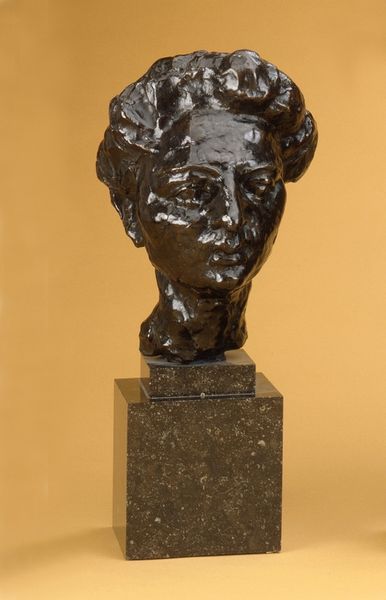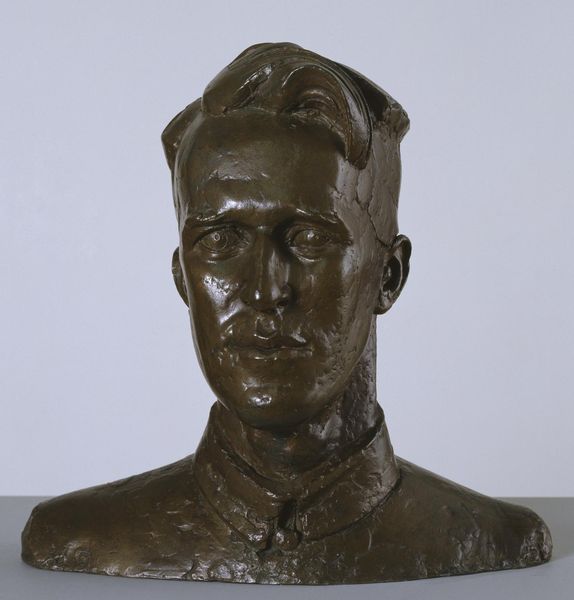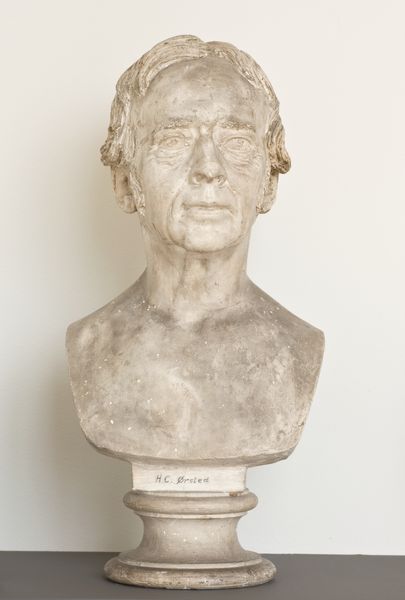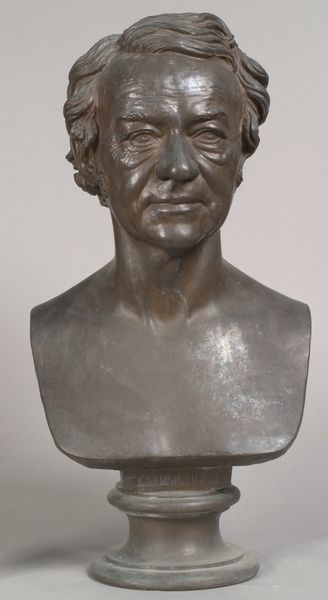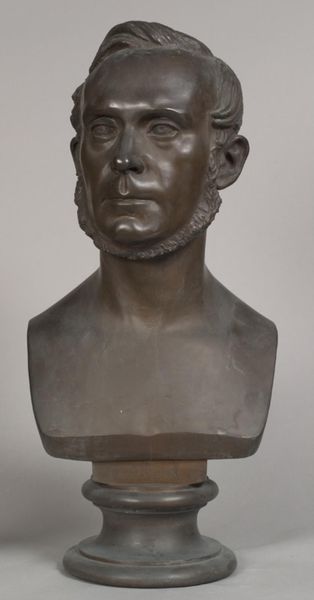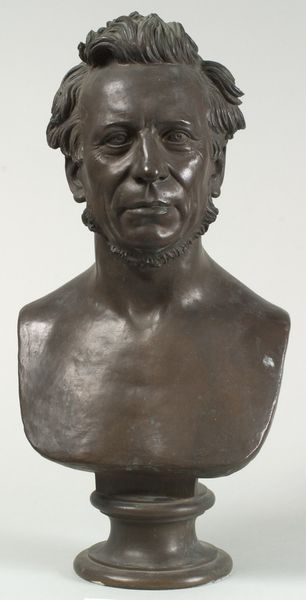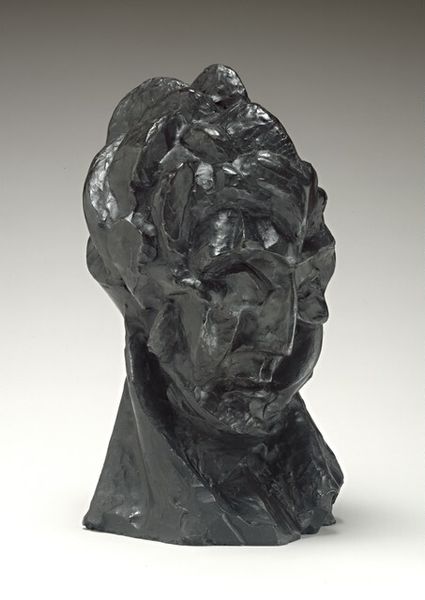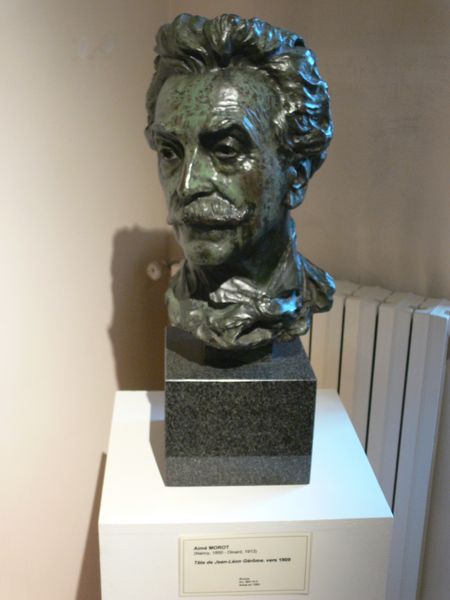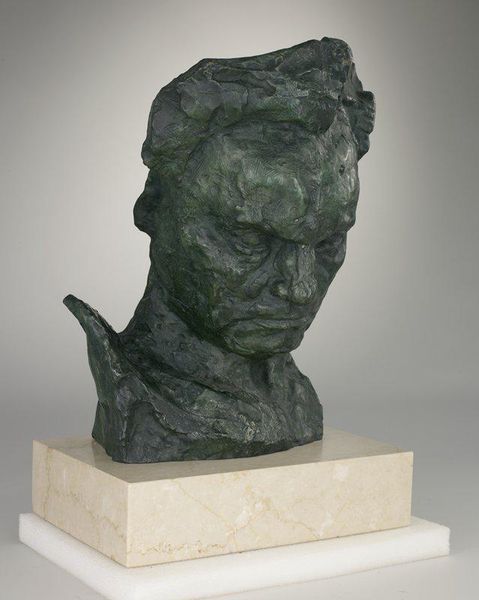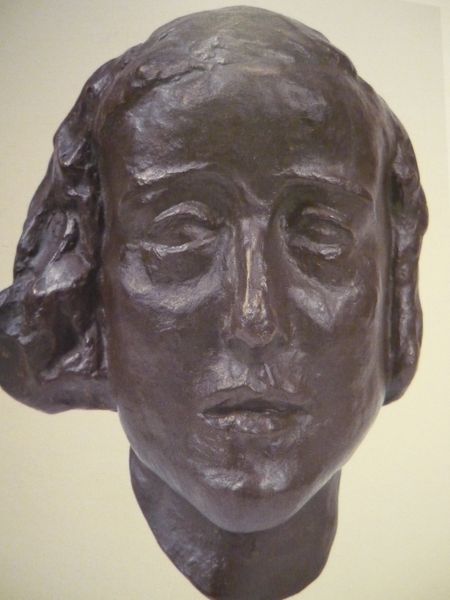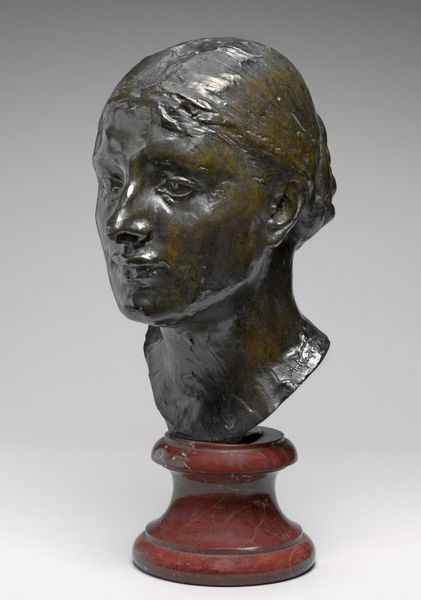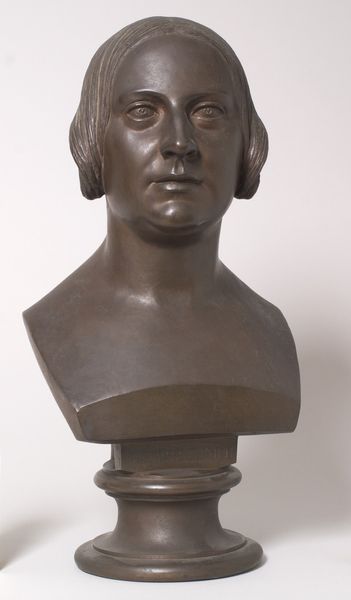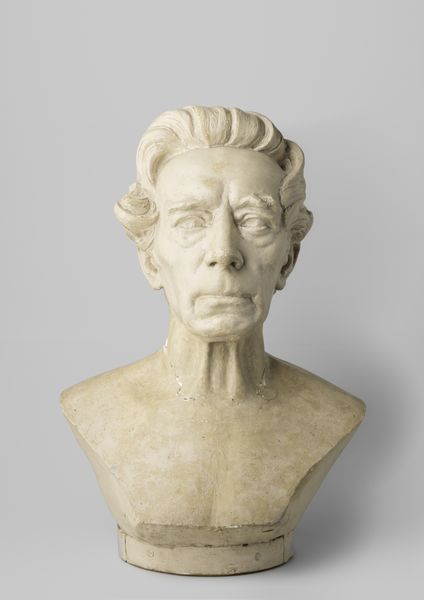
carving, metal, bronze, sculpture
#
portrait
#
carving
#
metal
#
sculpture
#
bronze
#
sculpture
Copyright: Public domain
Curator: We are looking at Auguste Rodin’s bronze "Bust of Gustav Mahler," completed in 1909. It's a powerful likeness, wouldn't you agree? Editor: It's imposing. I'm immediately struck by the texture of the bronze, how raw it feels. You can see the artist's hand so clearly in the modelling of the surface. The whole piece exudes an incredible amount of gravitas for such a dark artwork. Curator: Rodin often sought to capture the inner character of his sitters. Mahler, of course, was a towering figure in the musical world, a composer and conductor of immense influence. Rodin portrays him with a remarkable intensity that really captures the creative genius he became. Editor: The rough handling of the material also seems intentional, as if Rodin is making a point about the creative process being inherently messy. Think about what goes into casting and assembling a bronze sculpture. Every weld or mark on the material represents an artistic intervention—which is such an honest portrayal of the subject, too. Mahler challenged the structure of orchestral music. Rodin does similarly with sculpture here. Curator: Precisely. This piece was made during a fascinating period when we began considering how celebrity can intertwine and enhance artistic practice and output. Both Rodin and Mahler's cultural and artistic importance were growing, so a collaboration between the two provided a special kind of value that continues to be recognized today. This bust shows Rodin's interest in depicting not just the man, but also his persona as this serious artistic visionary. Editor: Absolutely. And considering Rodin's fame, there was a degree of prestige imparted to Mahler. Bronze, as a material, signifies something quite interesting about value as well, because its cost to source and craft positions artwork and artmaking under this layer of exclusivity—elevating some artists' work above others by means of how affordable or not their works can be for various markets and audiences. Curator: It prompts you to wonder about the relationship between artistic legacy and economic accessibility, doesn't it? Editor: Exactly. Curator: Considering Rodin’s contribution to arts history in that particular way really offers a new view to what this likeness communicates today. Editor: I think considering material and the making processes definitely brings depth to how we read artistic collaborations like this one, yes.
Comments
No comments
Be the first to comment and join the conversation on the ultimate creative platform.
